Valim Levitin, Stephan Loskutov978-0-471-49315-0, 978-3-527-30760-9, 978-3-527-31007-4, 978-3-527-31338-9
Table of contents :
Strained Metallic Surfaces……Page 4
Contents……Page 8
Introduction……Page 12
1.1 Surface Energy and Surface Stress……Page 18
1.2 Crystal Structure of a Surface……Page 22
1.3 Surface Defects……Page 25
1.4 Distribution of Electrons near the Surface……Page 29
1.4.1 Model of Free Electrons in Solids……Page 31
1.4.2 Semi-Infinite Chain……Page 35
1.4.3 Infinite Surface Barrier……Page 37
1.4.4 The Jellium Model……Page 38
1.5 Summary……Page 41
2.1.1 The Low-Energy Electron Diffraction Method……Page 44
2.1.3 The X-ray Measurement of Residual Stresses……Page 51
2.1.3.1 Foundation of the Method……Page 52
2.1.3.2 Experimental Installation and Precise Technique……Page 55
2.2 Distribution of Residual Stresses in Depth……Page 58
2.3 The Electronic Work Function……Page 59
2.3.1 Experimental Installation……Page 61
2.3.2 Measurement Procedure……Page 63
2.4 Indentation of Surface. Contact Electrical Resistance……Page 64
2.5 Materials under Investigation……Page 66
2.6 Summary……Page 67
3.1 Effect of Elastic Strain……Page 70
3.2 Effect of Plastic Strain……Page 72
3.2.1 Physical Mechanism……Page 76
3.3 Influence of Adsorption and Desorption……Page 78
3.4 Summary……Page 82
4.1 Model of the Elastic Strained Single Crystal……Page 84
4.2 Taking into Account the Relaxation and Discontinuity of the Ionic Charge……Page 87
4.3.1 Concept of the Model……Page 89
4.3.2 Effect of Nanodefects Formed on the Surface……Page 92
4.4 Summary……Page 94
5.1 Mechanical Indentation of the Surface Layers……Page 98
5.2 Influence of Indentation and Surface Roughness on the Work Function……Page 104
5.3 Effect of Friction and Wear on Energetic Relief……Page 106
5.4 Summary……Page 111
6 Prediction of Fatigue Location……Page 114
6.1.1 Aluminum and Titanium-Based Alloys……Page 115
6.1.2 Superalloys……Page 118
6.2 Dislocation Density in Fatigue-Tested Metals……Page 120
6.3 Summary……Page 123
7.2 Equations……Page 126
7.2.2 Dislocation Velocity……Page 127
7.2.4 Change in the Electronic Work Function……Page 128
7.4 Results of the Simulation: Changes in the Parameters……Page 129
7.5 Summary……Page 131
8.1 Residual Stresses in the Surface of Blades and Disks and Fatigue Strength……Page 134
8.1.1 Turbine and Compressor Blades……Page 135
8.1.2 Grooves of Disks……Page 137
8.2 Compressor Blades of Titanium-Based Alloys……Page 139
8.2.1 Residual Stresses and Subgrain Size……Page 141
8.2.2 Effect of Surface Treatment on Fatigue Life……Page 144
8.2.3 Distribution of Chemical Elements……Page 148
8.3 Summary……Page 151
9 Nanostructuring and Strengthening of Metallic Surfaces. Fatigue Behavior……Page 154
9.1 Surface Profile and Distribution of Residual Stresses with Depth……Page 155
9.2 Fatigue Strength of the Strained Metallic Surface……Page 161
9.3 Relaxation of the Residual Stresses under Cyclic Loading……Page 165
9.4 Microstructure and Microstructural Stability……Page 172
9.5 Empirical and Semi-Empirical Models of Fatigue Behavior……Page 176
9.5.1 Fatigue-Crack Propagation in Linear Elastic Fracture Mechanics……Page 177
9.5.2 Crack Propagation in a Model Crystal……Page 182
9.6 Prediction of Fatigue Strength……Page 184
9.7 Summary……Page 189
10.1 Crack Initiation……Page 192
10.2 Periods of Fatigue-Crack Propagation……Page 203
10.3 Crack Growth……Page 206
10.4 Evolution of Fatigue Failure……Page 216
10.5 S – N curves……Page 224
10.6 Influence of Gas Adsorption……Page 226
10.7 Summary……Page 227
11.1 Restoring Intermediate Heat Treatment……Page 230
11.2 Effect of the Current Pulse on Fatigue……Page 231
11.3 The Combined Treatment of Blades……Page 234
11.4 Structural Elements of Strengthening……Page 237
11.5 Summary……Page 242
12.1.1 Roman Symbols……Page 244
12.1.2 Greek Symbols……Page 246
13.1.1 Parameters to be Studied……Page 248
13.1.2 Results……Page 249
References……Page 254
Index……Page 258
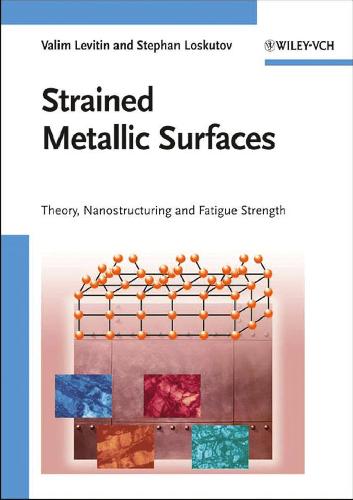

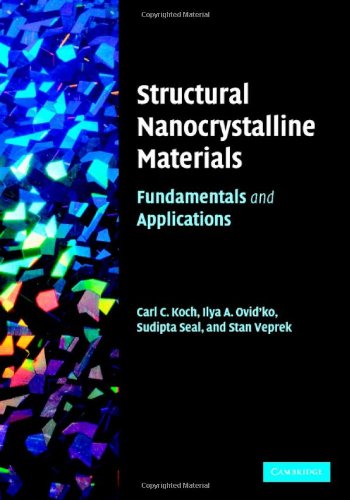
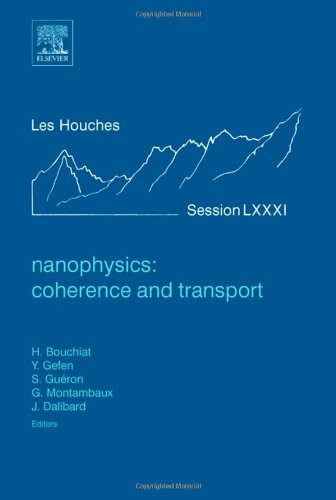
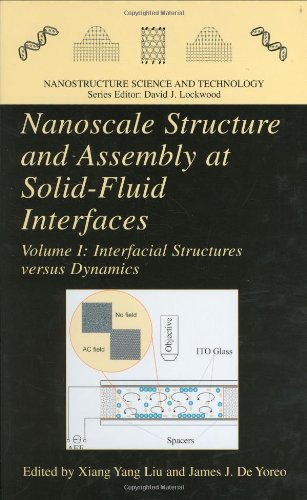
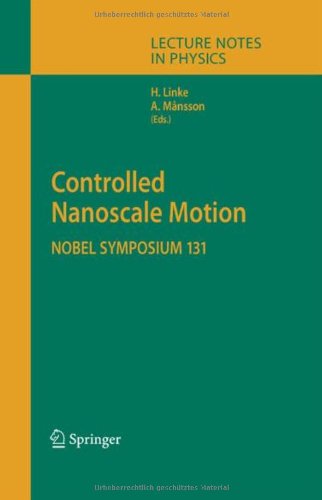
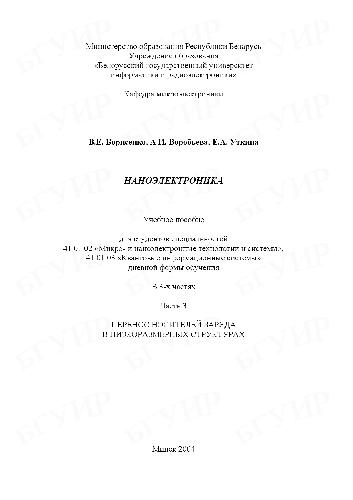
Reviews
There are no reviews yet.